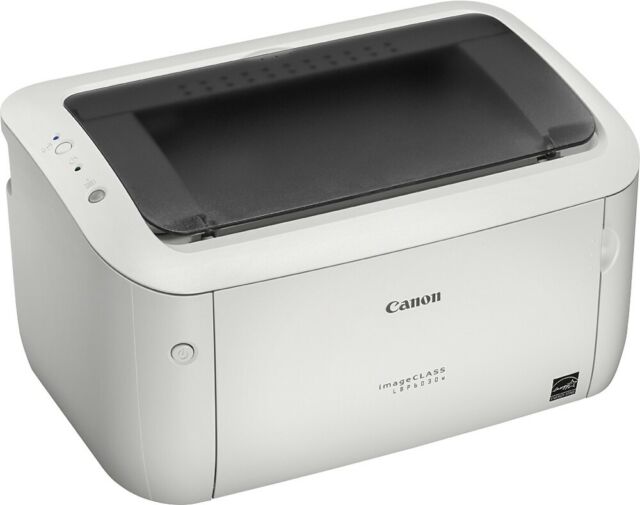In today's fast-paced world, packaging plays a crucial role in protecting products during transportation and storage. With an array of packaging materials available, it becomes essential to identify the most durable option. This blog post aims to delve into the realm of packaging materials, exploring their durability, and ultimately revealing the most resilient choice.
- Understanding Durability in Packaging:
Durability in packaging refers to the ability of a material to withstand external forces, such as impact, compression, temperature variations, and moisture. It ensures the integrity of the packaged product, preventing damage and preserving its quality. Several factors contribute to a material's durability, including strength, flexibility, resistance to environmental factors, and longevity. - Traditional Packaging Materials:
2.1. Cardboard: Widely used for its affordability and versatility, cardboard offers decent durability for lightweight products. However, it may not withstand heavy loads or harsh environmental conditions.
2.2. Plastic: Plastic packaging materials, such as polyethylene and polypropylene, exhibit good durability due to their flexibility and resistance to moisture. However, they may not be suitable for products requiring high strength or protection against extreme temperatures. - Advanced Packaging Materials:
3.1. Corrugated Plastic: Combining the durability of plastic with the strength of corrugated board, corrugated plastic offers exceptional durability. It is resistant to impact, moisture, chemicals, and UV radiation, making it ideal for various industries, including automotive, electronics, and agriculture.
3.2. Metal: Metal packaging, such as aluminum and steel, provides unparalleled durability. Its strength, rigidity, and resistance to corrosion make it suitable for heavy-duty applications, such as industrial machinery and hazardous materials.
3.3. Composite Materials: Composite packaging materials, like fiberglass-reinforced plastics, offer exceptional durability by combining different materials' properties. They provide high strength, impact resistance, and protection against extreme conditions, making them ideal for aerospace, defense, and marine industries. - Innovative Packaging Solutions:
4.1. Biodegradable Materials: As sustainability gains importance, biodegradable packaging materials, such as molded pulp and bioplastics, are emerging as durable alternatives. These materials offer good strength, moisture resistance, and decompose naturally, reducing environmental impact.
4.2. Smart Packaging: Incorporating technology, smart packaging materials, like active and intelligent packaging, enhance durability by monitoring and controlling environmental factors. They provide real-time data on product conditions, ensuring optimal protection and extending shelf life.
Conclusion:
After exploring various packaging materials, it is evident that the most durable option depends on specific requirements. While corrugated plastic and metal offer exceptional durability, composite materials and innovative solutions like biodegradable and smart packaging are revolutionizing the industry. By understanding the unique characteristics of each material, businesses can make informed decisions to ensure their products reach consumers intact and in pristine condition.

